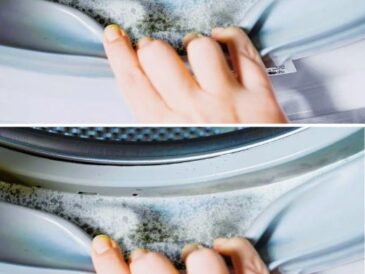Plastic window sills are a popular choice due to their durability, affordability, and low maintenance requirements. However, over time, they can accumulate dirt, grime, and even yellow due to exposure to sunlight and everyday wear. Restoring their clean, bright appearance doesn’t require harsh chemicals or excessive scrubbing. With the right techniques and tools, you can effectively clean your plastic window sills and keep them looking as good as new.
Understanding the Causes of Yellowing and Dirt
Before jumping into cleaning methods, it’s essential to understand why plastic window sills become discolored and dirty:
- UV Damage: Prolonged exposure to sunlight can cause plastic to yellow due to the breakdown of polymers.
- Dirt and Dust: Accumulated dirt and dust from indoors and outdoors can make the surface grimy.
- Stains: Spills, grease, or mold may cause stubborn stains.
- Chemical Residues: Use of improper cleaning agents can leave residues, worsening discoloration.
Essential Cleaning Tools and Materials
To clean and restore your window sills, gather the following items:
- Mild detergent or dish soap
- White vinegar
- Baking soda
- Hydrogen peroxide (optional, for deeper whitening)
- Soft microfiber cloths
- Non-abrasive sponge
- Old toothbrush (for tight corners)
- Rubber gloves
- Spray bottle
- Warm water
Step-by-Step Cleaning Process
1. Basic Cleaning
Start with basic cleaning to remove surface dirt:
- Mix a few drops of mild detergent with warm water.
- Dip a microfiber cloth or sponge into the soapy solution and wipe down the window sill.
- For stubborn dirt, use a soft toothbrush to scrub gently.
- Rinse with clean water and dry with a clean cloth.
2. Removing Tough Dirt and Grime
For more persistent dirt:
- Create a paste by mixing equal parts of baking soda and water.
- Apply the paste to the dirty or stained areas and let it sit for 10–15 minutes.
- Scrub gently with a sponge or toothbrush.
- Wipe off the paste with a damp cloth and dry thoroughly.
3. Tackling Yellowing
Yellowing caused by UV exposure requires specific treatment:
TO CONTINUE READING THE ARTICLE PLEASE SEE PAGE 2




